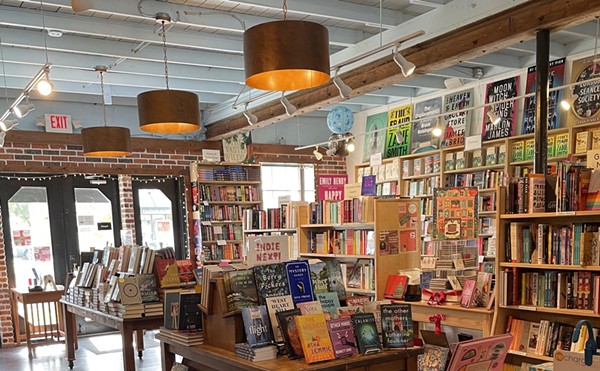If you really want to know about the gospel genre known as sacred steel, take out the phone book and find a House of God church. If you can track one down, chances are a steel guitar will be in its midst.
Alvin Lee — one of the founding members of the Florida-based Lee Boys — estimates there are about 1,000 churches in the House of God, with no congregation larger than 300 or 400. The denomination is spread throughout the country, but with a key concentration in the Southeast.
Each church is a tiny outpost of the sacred steel genre. "I guess in each church, they either developed a steel player or they have an older steel player," Lee says from his home in Orlando.
Sacred steel dates back to the 1930s, when Willie Eason brought the Hawaiian steel guitar to the joyous praise music of services in the Pentecostal House of God. For decades, steel players were cultivated from succeeding generations, the sound becoming almost synonymous with the religious sect itself. Rather than making the instrument sound weepy, as in country music, sacred steel players bring a more metallic flavor akin to slide guitar.
The music played such a crucial role in services that when Lee would visit other denominations as a kid, he was bewildered. He would ask where the steel player was, as if church wasn't church without a pedal steel.
The sacred steel genre took its first big step outside religious confines with the arrival of Robert Randolph. He'd learned the steel in his home church in Orange, N.J., but Randolph was actually discovered while playing a sacred steel convention in Florida in early 2000.
After a handful of high-profile gigs in New York City, as well as projects with the North Mississippi Allstars and Medeski, Martin & Wood, Randolph has completely arrived on the pop-music scene: He's a hot property on the jam-band circuit, and he guested on Eric Clapton's Back Home last year.
Randolph has not been fazed by keeping company with famous artists because, growing up, he never idolized them. "You hear about these [secular] bands," he remembers, "but in the sacred steel community, we have our own guys."
The traditionalists in sacred steel community are still very much a presence, and artists such as Randolph and the Lee Boys — who liberally mix in elements of rock, blues and more — have run up against critics within the church. "There's always that," Randolph says. "There's always going to be that gripe and moan. I go out and do what I do. Everybody's got an opinion."
Lee has also heard the grumbling, but dismisses it. "That's how me and my brother Glenn was in the church. We was the rebels."
For Your Ears (and Eyes)
• Robert Randolph: Live at the Wetlands (Warner Bros.)
• The Lee Boys: Say Yes! (Arhoolie)
















